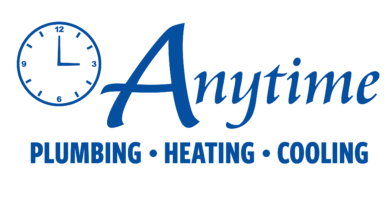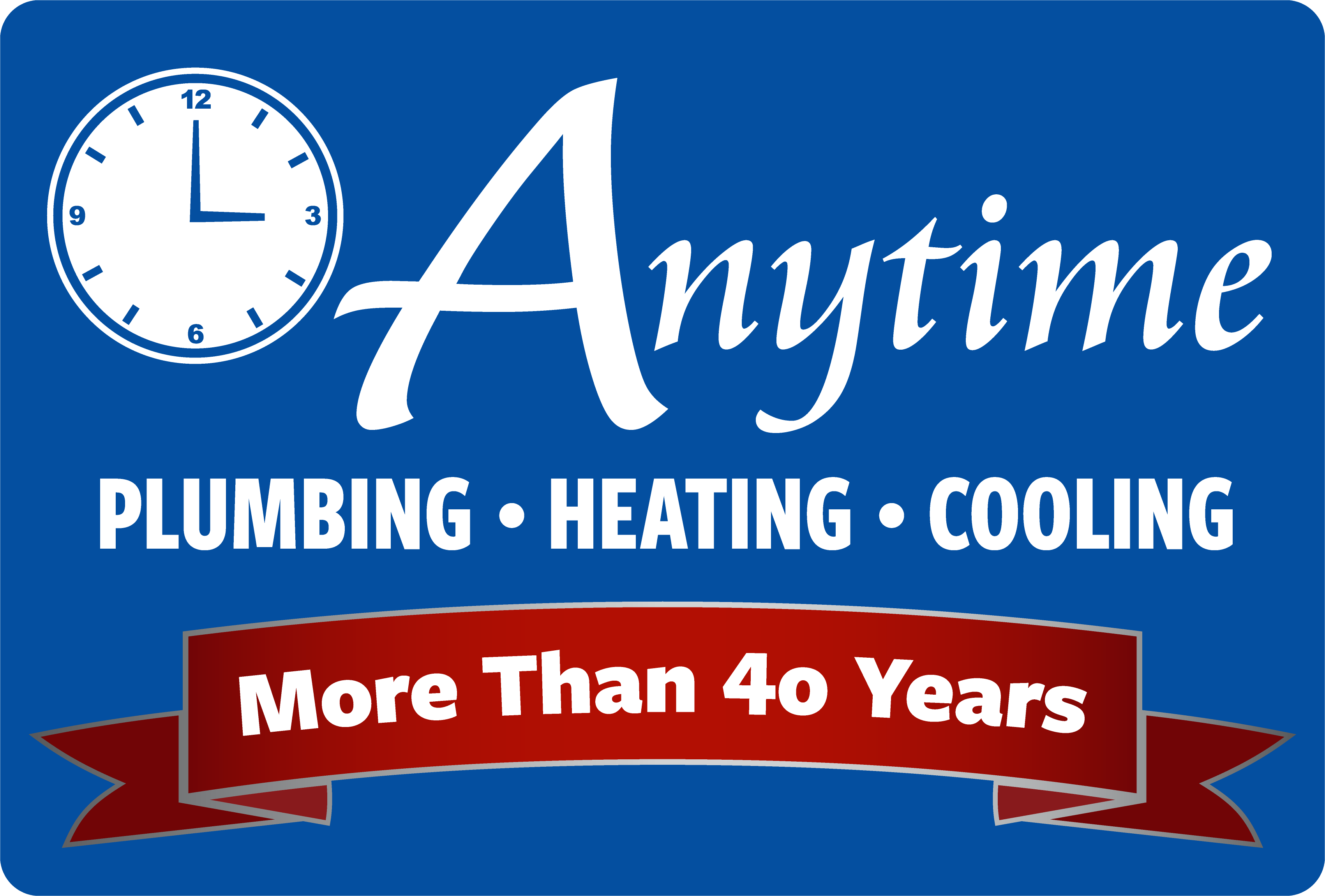Summer in the desert isn’t quite like other parts of the USA, especially when you’re talking about a city like Las Vegas.
But one thing is going to remain true; it’s going to get dry, and it’s going to get hot, and you’re not going to want to live with it for the several months it will last.
Fortunately, if you have air conditioning in your home, you don’t have to. But summer means that your AC unit is going to kick into high gear for much more regular intervals and longer periods.
If you want to make sure it keeps you cool during the summer, we’ve got some maintenance tips you should follow.
Change or Clean Your Filter
This should go without saying, but we’ll repeat it because of how important it is.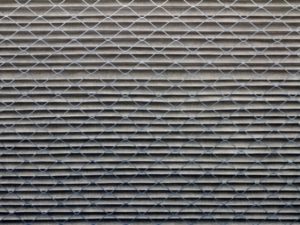
Your AC’s filter both maintains the efficiency of your AC so that you don’t pay higher bills than you need to, but it also protects you.
It traps and holds particles and other contaminants that would otherwise just be circulated throughout your home, like pollens that might cause allergies.
You should be changing your filter every three months.
Or, if you’re feeling more environmental and economical, consider buying a more expensive, but ultimately more cost effective permanent filter.
Permanent filters don’t have to be thrown out, but they do need to be cleaned on a regular basis.
Clean Your Condenser Unit
For modern, centralized AC systems, the condenser is the large unit that is located just outside the home.
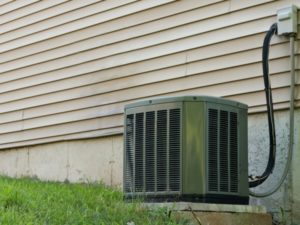 Its primary function is draw in air from outside and cool it before pumping it throughout the home.
Its primary function is draw in air from outside and cool it before pumping it throughout the home.
Because of this function, the condenser has been built with a lot of open space to promote easy, efficient air flow.
But that means that condensers can easily admit other mass, like the detritus that comes from leaves.
If you have plants or trees near your condenser, allowing dead plant matter to accumulate in the unit can affect the performance.
Take the time to clean this out before the cooling season kicks in.
Be Efficient With Thermostat Usage
Do you have an older thermostat? If you want to pay less on your cooling bills, you may want to consider upgrading to a new model.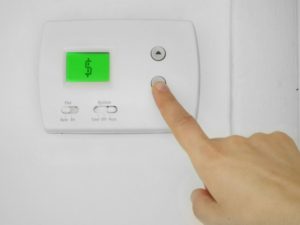
One of the reasons for this is often that older thermostats are not as accurate as newer ones, so you may be paying for more cooling than you need.
The other big advantage only happens if you correctly use a new thermostat.
New thermostats do more than just turn on at a specific temperature and keep the AC on.
They can be programmed to automatically adjust temperature at certain times of the day or week.
You can have the thermostat keep the AC inactive during the day if the family’s not home, then automatically cool down the home just as residents start arriving and actually need it.
